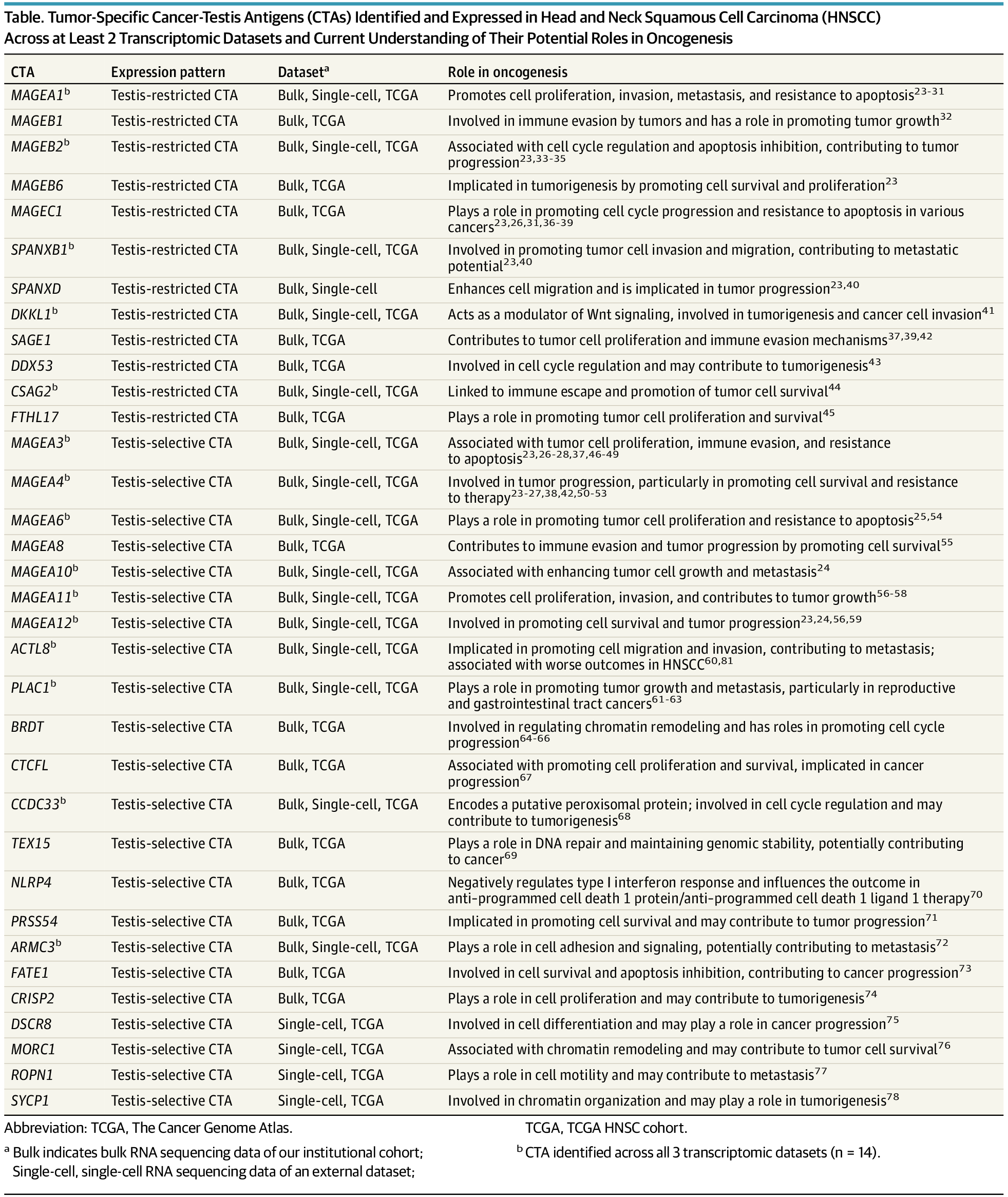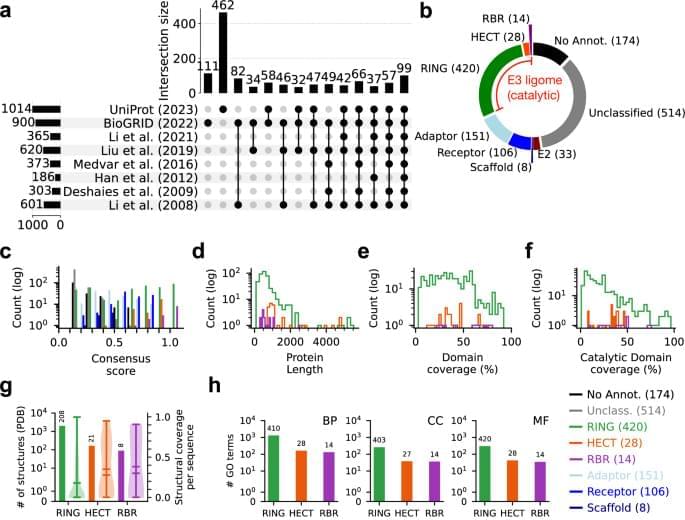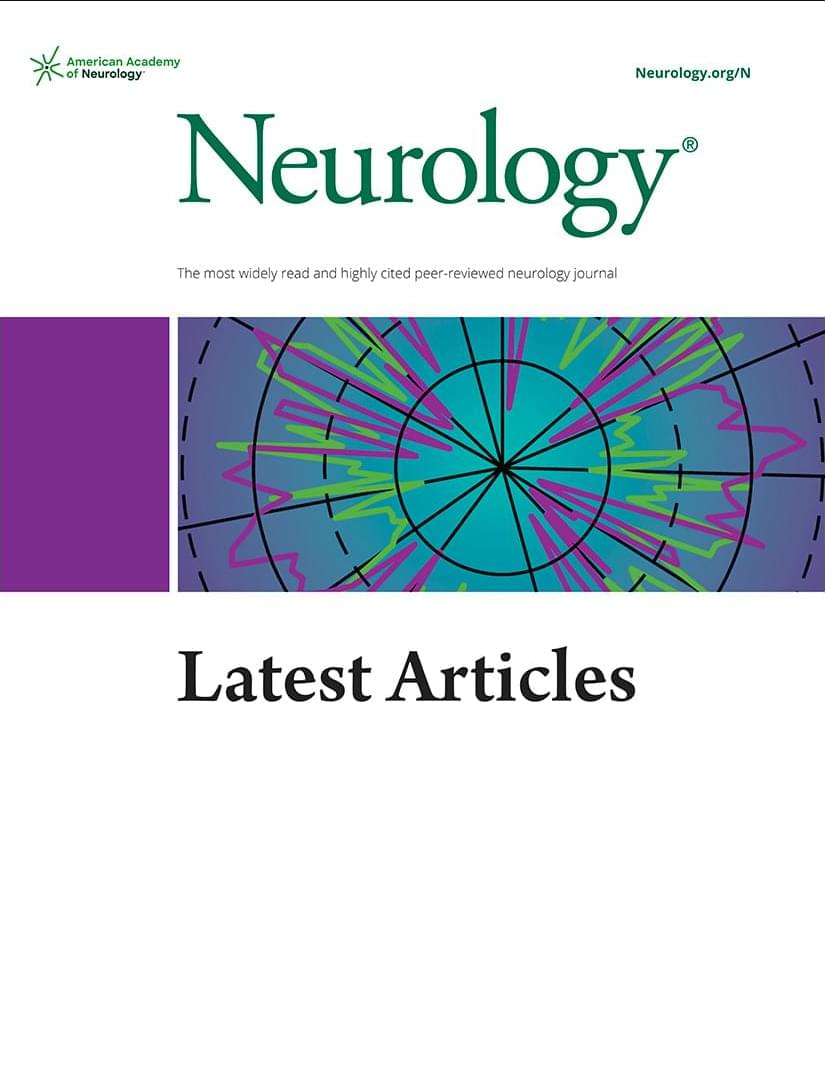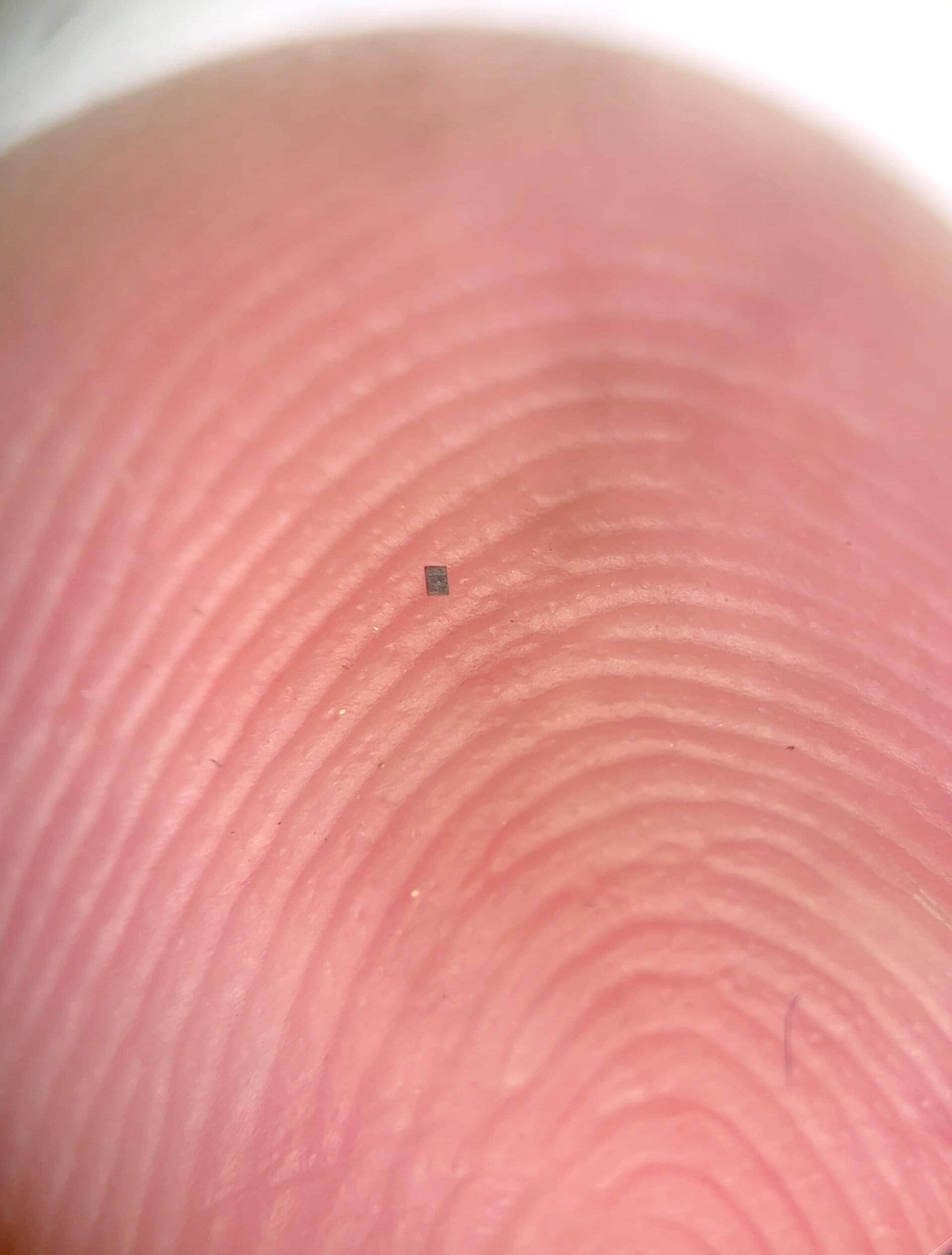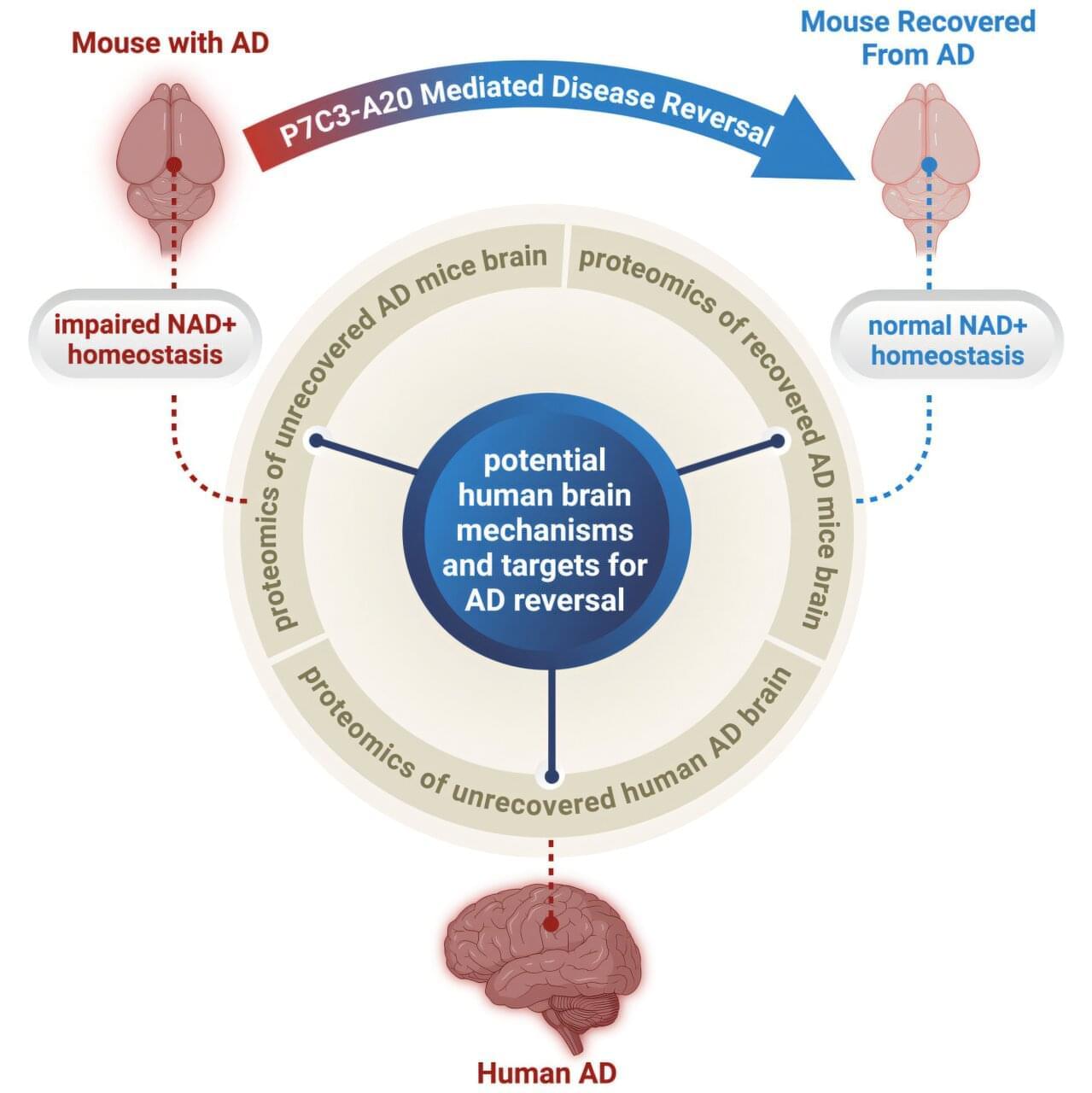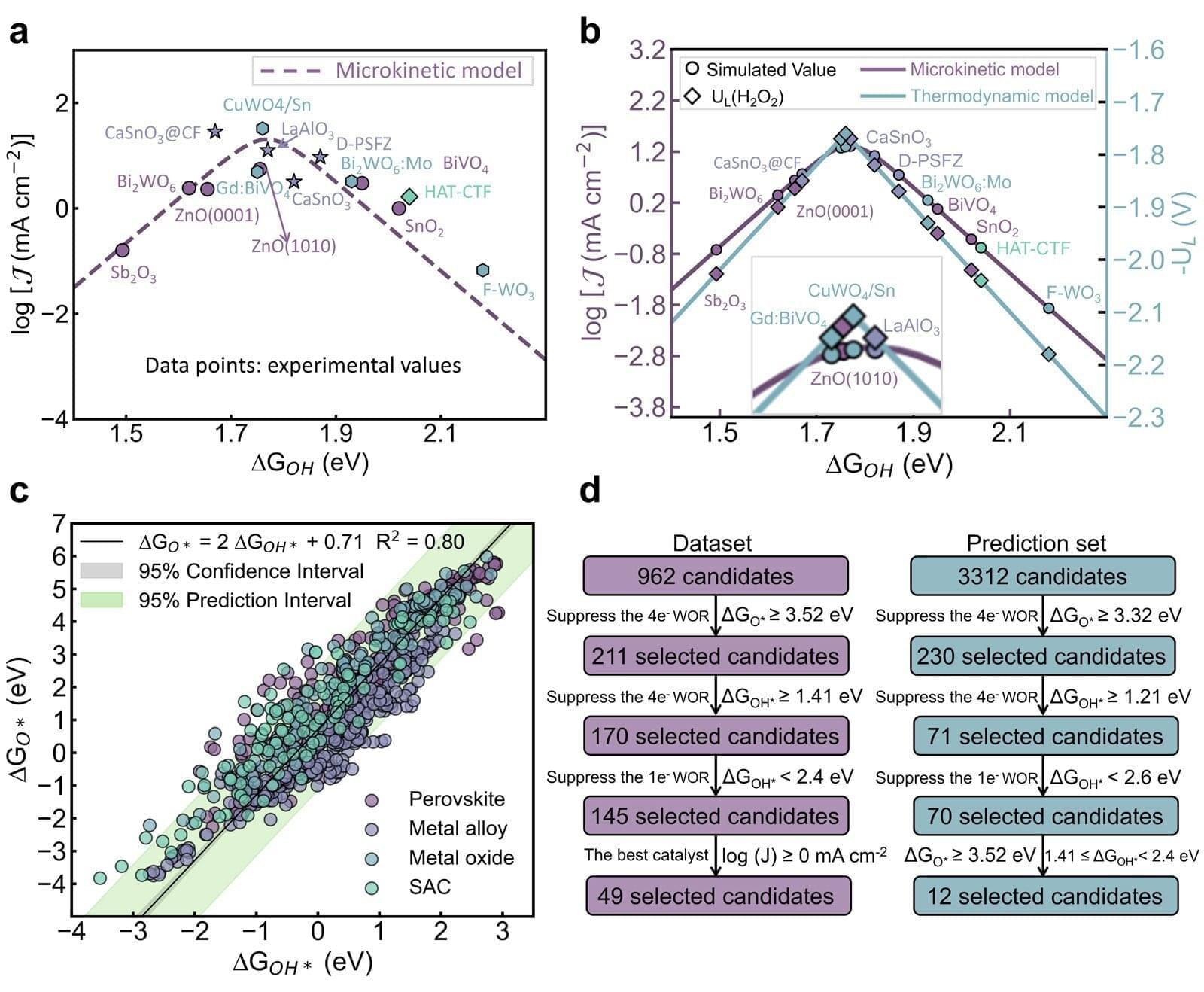CTAs, immune-privileged and aberrantly expressed in HNSCC tumors, were consistently undetectable in normal oral mucosa but highly enriched in malignant tissue. These findings inform the development of targeted adoptive cell therapies with minimized risk for off-tumor effects.
Question Can cancer-testis antigens (CTAs) be leveraged as precision immuno-oncologic targets for head and neck cancer?
Findings In this cross-sectional study including 33 samples from patients with head and neck squamous cell carcinoma (HNSCC), 23 testis-restricted and 44 testis-selective CTAs with tumor-specific expression were identified in both de novo and radiation-recurrent HNSCCs, validated across transcriptomic, genomic, and proteomic analyses. Of these, a core set of 14 CTAs were consistently detected across all datasets analyzed.
Meaning The CTAs identified in this study in both de novo and recurrent HNSCCs represent potential precision immuno-oncologic targets for adoptive cell therapeutics, such as T-cell receptor–engineered T-cell therapy.
